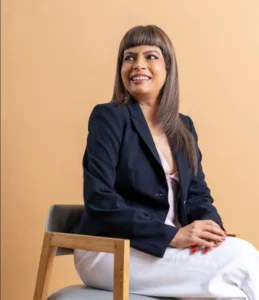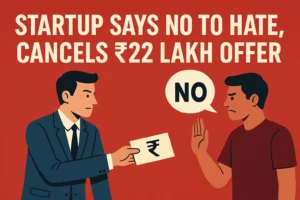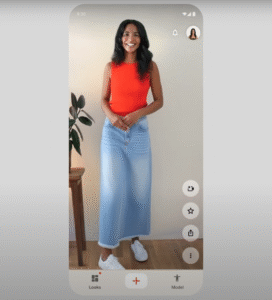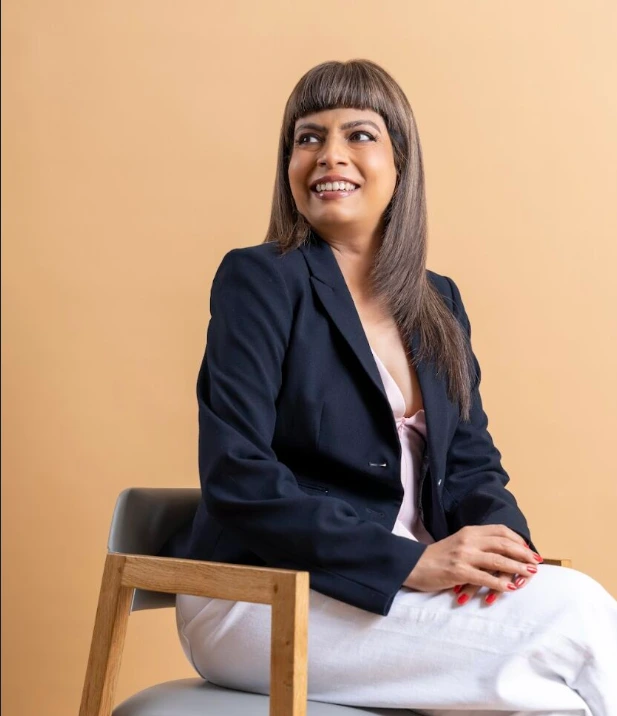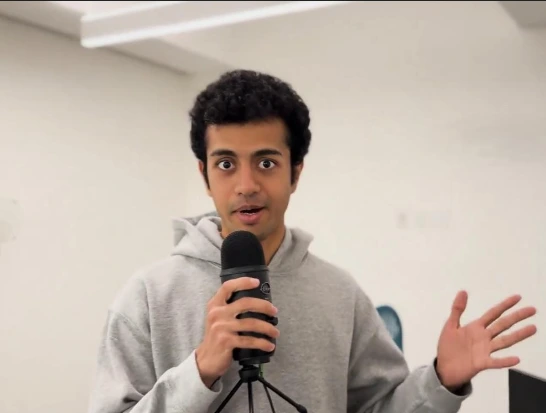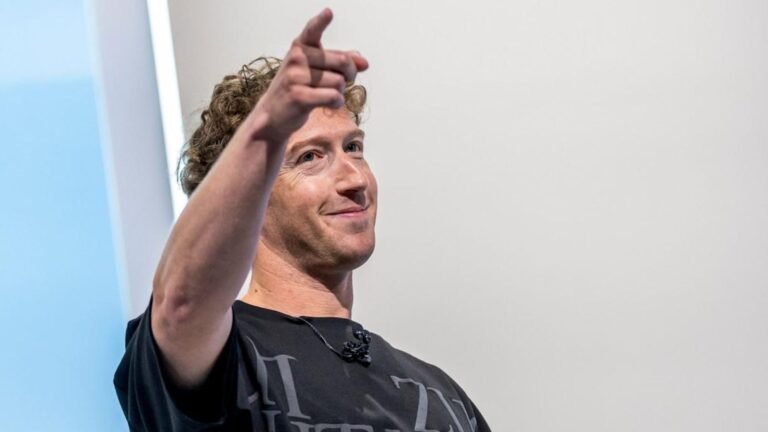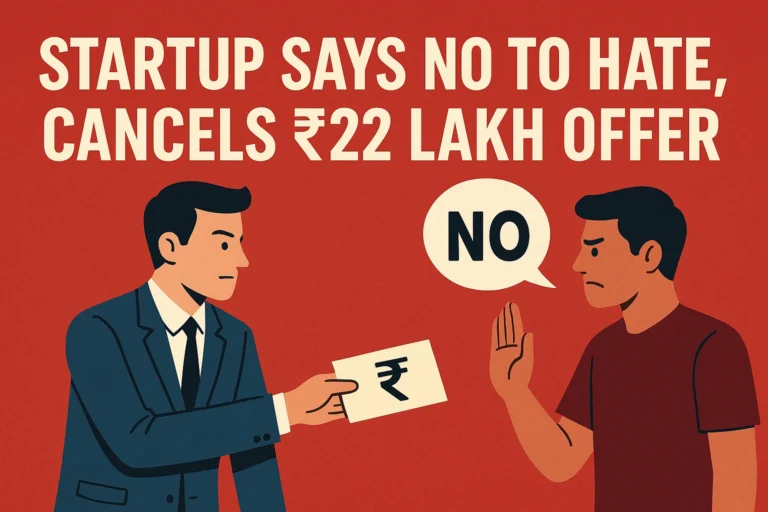Archana Jahagirdar, Founder and Managing Partner at Rukam Capital, delivered a stark warning to early-stage entrepreneurs: in 2025, packaging isn’t just an afterthought—it’s the decisive factor in a startup’s survival. According to her viral LinkedIn post, “the packet is the pitch,” and if your packaging fails to engage within three seconds, your product will vanish from both physical shelves and digital carts.
The New Battlefield: Recognition Over Legacy
India’s consumer market is more crowded than ever, with thousands of D2C brands vying for fleeting attention. Jahagirdar argues that traditional pitch decks, explainer videos or lengthy ad campaigns no longer cut through the noise. Instead, packaging must:
- Convey your brand’s identity instantly
- Trigger emotional resonance at first glance
- Serve as a silent storyteller before the product is opened.
In this environment, startups that overlook packaging risk having their customer acquisition cost (CAC) spiral out of control and watching their digital conversion funnels bleed.
The “Three-Second Rule” for Startups in 2025
Jahagirdar distilled her advice into a simple framework: within three seconds, packaging must:
- State what the brand stands for
- Identify the target audience
- Build instant trust
- Spark desire to buy
Failing on any of these counts means ads will underperform, shelf visibility will plummet, and the overall startup may sink in its critical growth phase.
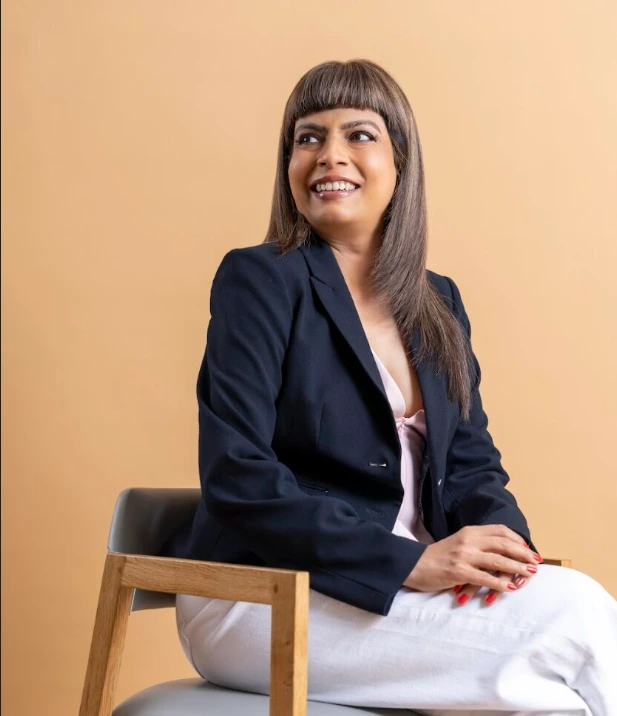
Packaging as Brand Identity: Case Studies
Several brands have demonstrated how powerful packaging can create a competitive edge:
- GO DESi transformed its imli pops into a nostalgia-chic snack by employing bright yellow hues and bold typography that screamed “proudly Indian.”
- Sleepy Owl Coffee packaged its cold brew in minimalist, aspirational bottles that conveyed calm and routine, turning coffee into a lifestyle statement.
- Antinorm infused personality into its labels, using expressive graphics to communicate brand values before the cap was even twisted off.
These examples highlight that packaging can establish emotional connection and trust, long before a product is tasted or tested.
Real-Time Impact and Social Proof
Jahagirdar’s post resonated with founders and marketers alike. On LinkedIn, one user noted, “Your insights on branding in early-stage India resonate deeply. Packaging as an identity and trust-builder is crucial—first impressions on a 5×6 inch label drive consumer narratives.” BoldEdge’s cofounder added, “We’ve learned the hard way: if the pack doesn’t click, nothing else will.” The CEO of Backrr concurred, saying, “Design drives distribution, and standout packaging wins trust in two seconds—on shelves and screens”.
Why Packaging Decides if Startups Sink or Swim
For Startups in 2025, packaging matters because:
- Attention Economy: Consumers give products mere seconds of focus in both offline and online retail environments.
- Unified Digital-Physical Branding: Packaging designs appear as thumbnails on e-commerce sites and social media ads, doubling as digital billboards.
- Storytelling Medium: Effective packaging conveys heritage, mission, or sustainability commitments without words.
- Operational Efficiency: Well-engineered packaging can reduce breakage, shipping costs, and returns, directly improving margins.
- Sustainability Expectation: Eco-friendly materials and minimal waste signal responsibility, influencing purchase decisions for a growing green-minded audience.
Startups that optimize their packaging along these dimensions will swim; those that don’t will sink.
Actionable Steps for Founders
- Prototype Early: Integrate packaging ideation during product development, not as an afterthought.
- User Testing: Conduct A/B tests on shelf mockups and digital thumbnails to measure recall and appeal.
- Material Alignment: Choose substrates that reinforce brand values—recycled paper for sustainability, matte-finish boards for premium positioning.
- Collaborate with Designers: Engage experts who understand both retail psychology and digital conversion dynamics.
- Monitor Metrics: Track changes in click-through rates, add-to-cart behavior, in-store sampling uptake, and returns associated with packaging updates.
By embedding packaging strategy into their GTM plans, startups can fortify their market entry and growth trajectories.
Conclusion
In the ultra-competitive landscape of 2025, packaging transcends mere protection—it is your brand’s first handshake, salesperson, and storyteller. As Archana Jahagirdar proclaims, “In 2025, the packet is the pitch.” Startups that invest in packaging as a strategic asset will swim, while those that relegate it to cost-center status will inevitably sink. The question for founders is no longer whether to prioritize packaging, but how soon they can elevate it to a core growth lever.
